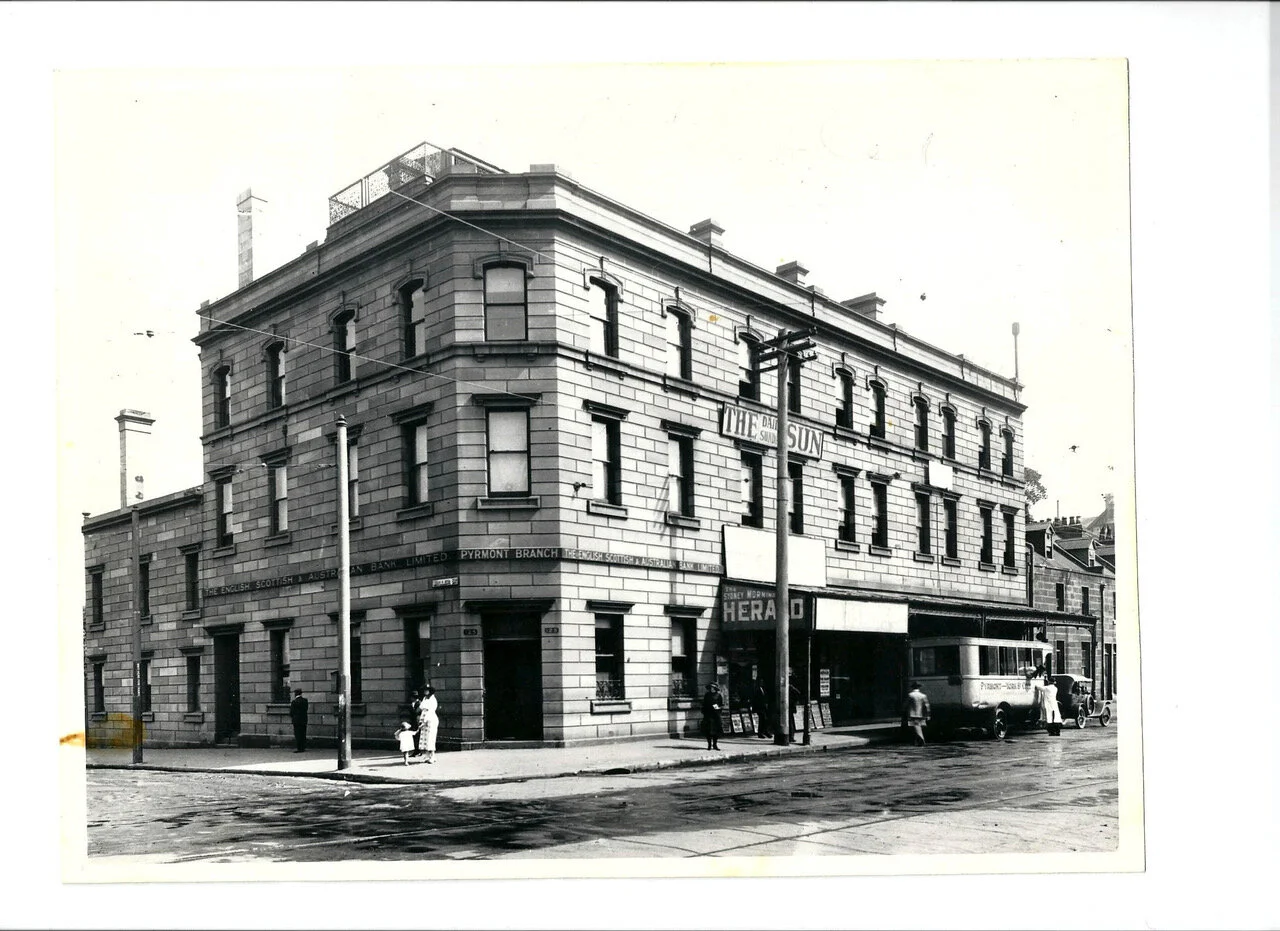Locations > India House
India House
Seamen from India and Southeast Asia were collectively called lascars, led by serangs. In Sydney, they lodged in segregated boarding houses: Dutch East Indian authorities used the Lido hotel in North Sydney. From at least 1945, ‘Indians’ also boarded at India House, at the corner of Harris and Miller Streets. During the struggle for Indonesian independence, India House was a forum where sailors resolved to boycott Dutch ships. In December 1945 this debate was impassioned, as pro-boycott men used moral suasion and possibly coercion to deny crew for the Dutch ship Tasman.
India House was licensed for 100 beds, and resourceful managers could accommodate 200. When 41 Chinese sailors walked off their ship, staged a sit-down protest at the Central Police Station and reached India House after midnight, the manager found them mattresses (Northern Star, 24 October 1946). It could also host banquets. In 1946 the Indian Seamen’s Union laid on a feast for Australian unionists who supported both Indonesian and Indian Independence. When India won independence in 1947, Indians (Hindu and Muslim) living in Sydney hosted another great celebration in India House, to thank Australians for their support.
But in the 1940s this was White Australia. India House was more a refuge than an embassy, and not always safe. An incident in 1945 begins with Abdul Aziz, a ‘lascar seaman’ from India House approaching local girls. ‘An Australian’ – William Lind - knocked him down; Aziz reacted by stabbing him and dashing inside India House for a stick before others intervened and ended the fight. Aziz was charged with malicious wounding. There the incident might have ended, had not an alderman raised the issue in Council. He argued that India House was overcrowded (and it was) – and close to a kindergarten. India House, he went on, should be closed:
If it was good enough for Australian waterside workers and British personnel to be housed in huts, he said, it should be good enough for Lascars to be shifted out of Pyrmont.
The town clerk was instructed to investigate and report back to Council (Sun, 15 October 1945).
Relations did not improve immediately. In another incident in 1947, two young men objected to an Indian seaman in company with a local girl. They tried to rob him. When he fled, a larger group gathered outside India House and hurled abuse – then missiles – at the building, smashing the door and some windows. When police arrived, the youngsters fled and the only person detained was an Indian.
Related Items
Further Reading
Corner of Harris and Miller Streets, 1930s


